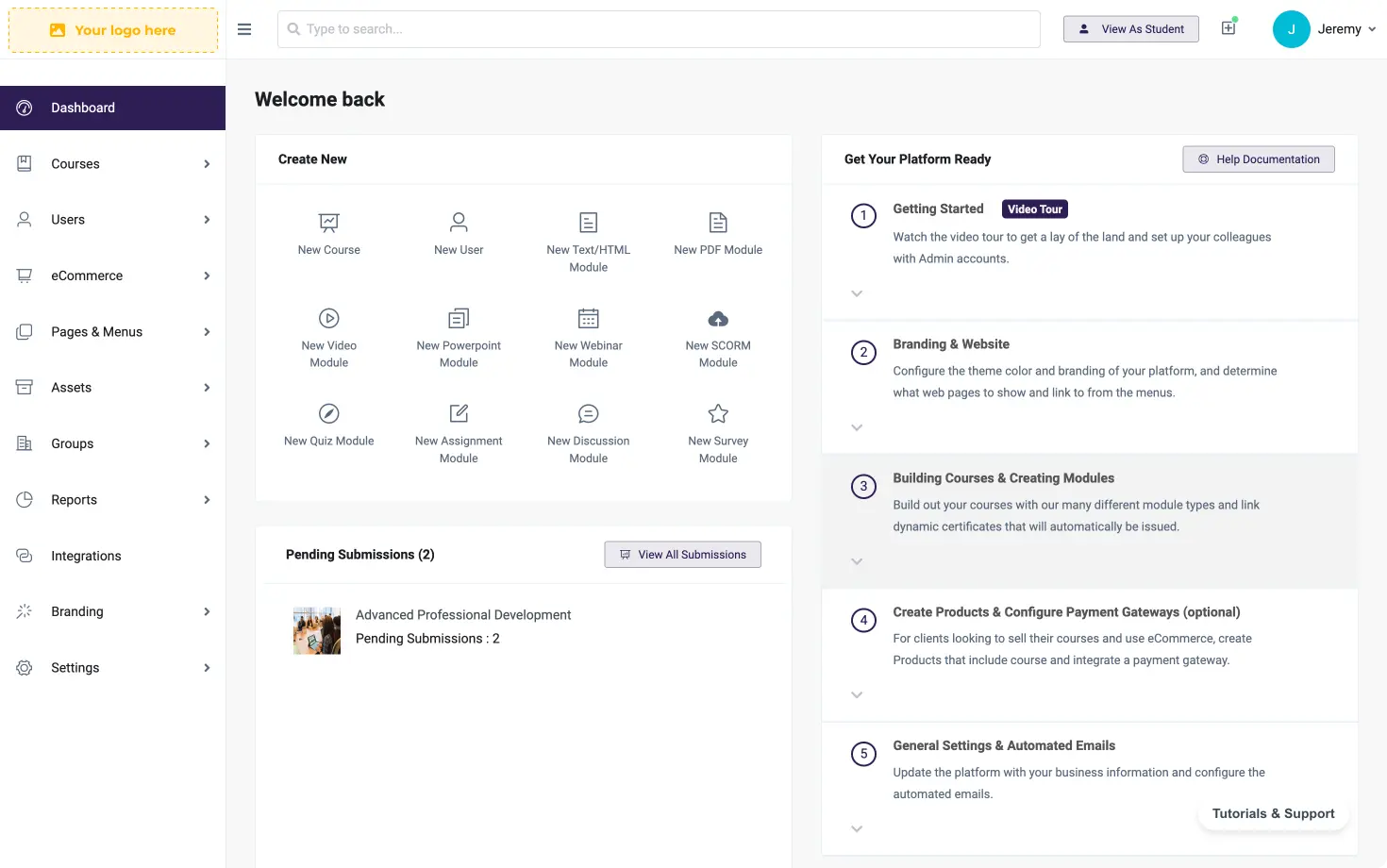eLearning, Instructional Design
Online Classroom Management Strategies

Academy Of Mine recently chatted with Michael Linsin (see his website) about his book “The Classroom Management Secret“. It’s a book dedicated to helping teachers working in a bricks and mortar setting effectively manage their classrooms. However, we thought it would be interesting to chat with Michael about how some of the concepts within his book translate into the world of online education. How does classroom management be integrated into your course design, Learning Management System (LMS) and your strategy as an online teacher? You can find our interview with him below. Enjoy!
THE INTERVIEW
Hello Michael and thanks for chatting with us and our education blog readers today about your experience as a teacher. You talk about many things in your book but let’s start by talking about classroom organization. You mention that in a bricks and mortar setting that the classroom environment should “match your call for excellence”. How do you think this could translate in the online classroom or online learning environment? Obviously, online educators don’t have the problem of stacked boxes and messy desks. But what are some of the things that online teachers can do to create a well organized learning environment?
In many important ways an online teacher sets the tone for the class by how well they communicate what specifically students need to do. This is a primary thought and concern for online students. They want to know what the requirements are, from meeting times and reading assignments to homework and tests. A teacher who lays it all out from the very beginning, in a clear and detailed way, communicates their care and concern for their students—letting them know through their actions that they are their number one priority. This positive first impression relaxes students and frees them to focus on learning. When students can see and experience upfront that the teacher isn’t just going through the motions, but cares about them and their success, they’re compelled to give more in return.
You also mention that in a bricks and mortar setting it’s important for a teacher to be present, not only in formal classroom settings, but also in “informal settings” such as the hallway or other gathering places where students meet. Can you explain the importance of this? What’s accomplished by meeting students in these informal settings? Can you speak specifically about how this might apply to adult learners in an online environment as well?
Building relationships with students through your likeability and willingness to interact outside of class, and with no strings attached, provides a traditional-school teacher with tremendous influence to both curb misbehavior and spark greater motivation for learning. In an online setting, although you may never meet your students in person, your likeability is still important. You can still build a level of rapport through your humor, your smile (if Skyping), and your calm, organized presence. Your personality alone can improve interest, motivation, and a better learning experience for your students.
Combating boredom is something most teachers need to think about (in both the online an offline worlds). You mention that students have four desires: The desire for adventure, humor, challenge and fascination. How could you see these translating online?
If you’re Skyping a lecture or discussion, then it translates perfectly. Including these elements will cause students to become more emotionally invested in their learning. It will cause them to participate more, pay closer attention, and dig deeper into the subject area. In other words, your class will become not just another hoop to jump through, but rather something they immerse themselves in so deeply that their final grade takes a backseat. They learn for the sake of learning, because they’d rather do that than watch their favorite television program. When you can make your class something your students look forward to, something they’ll remember years later, everything else comes much easier.
The last question I want to ask you about today is praise. I really like when you state in your book that “every time you praise you student for something that didn’t involve hard work or a certain mental toughness to accomplish, a sliver of their dignity is taken from them. As if a sinister voice whispers, “piisst! Hey, you in the third row. Yeah, you with the smiley face sticker. You know you didn’t really earn it, don’t you? Your teacher just gave it to you because average is all you’re capable of.” You mention that teachers need to keep their eyes peeled for “true accomplishments”. Once those genuine accomplishments are identified what things can you do to acknowledge the accomplishment and how can this translate online?
In a traditional school environment it can be anything from a head nod to a note folded over and taped to a student’s desk. As long as the gesture is genuine and based on true accomplishment, there are any number of ways to praise students. Generally, though, private and subtle moments of acknowledgement tend to be more effective and more meaningful than the public, over-the-top variety. An online course shouldn’t in any way limit a teacher’s ability to point out exceptional work. It may take a bit more creativity, but it’s important enough to find a way. It’s one of the primary ways we give feedback, letting students know they’re on the right track and giving them a jolt of energy and confidence to push their work to levels they didn’t know they were capable of.
Thank you for taking the time to chat with us today Michael. To our blog readers if you’d like to learn more about Michael’s book The Classroom Management Secret you can do so by reading more about the book on Amazon here.
